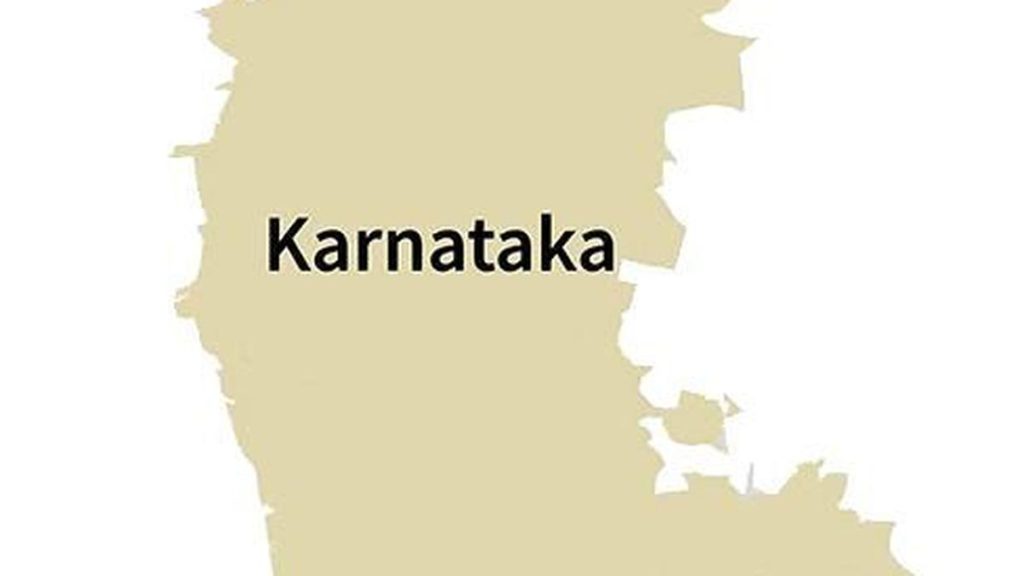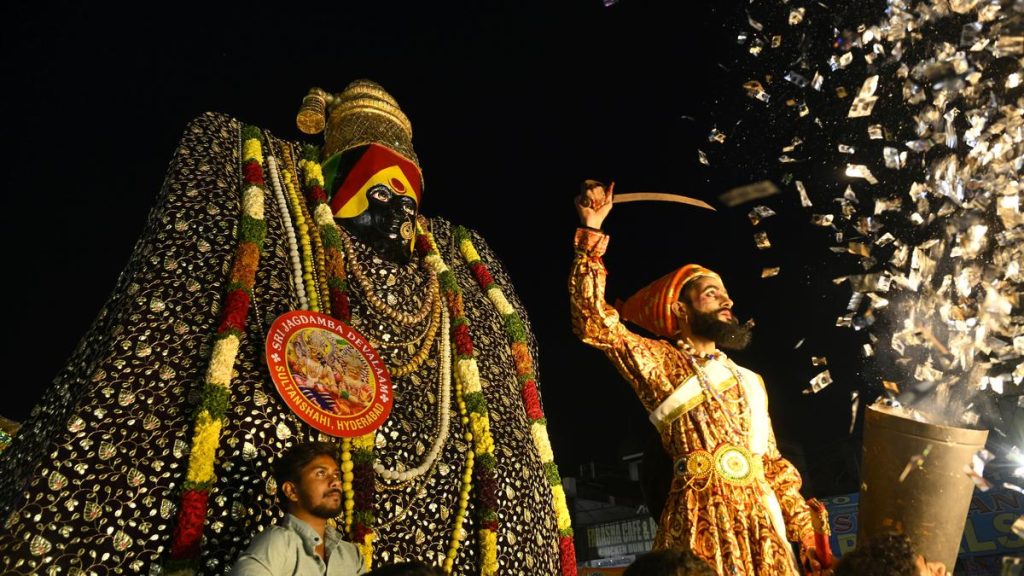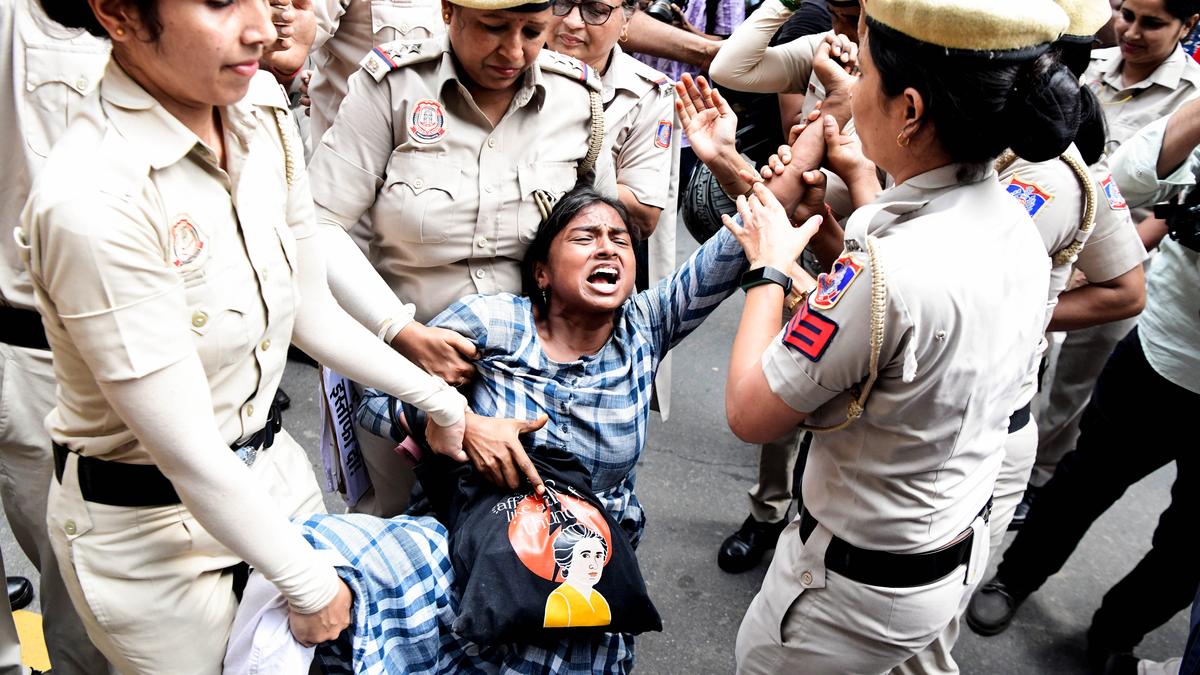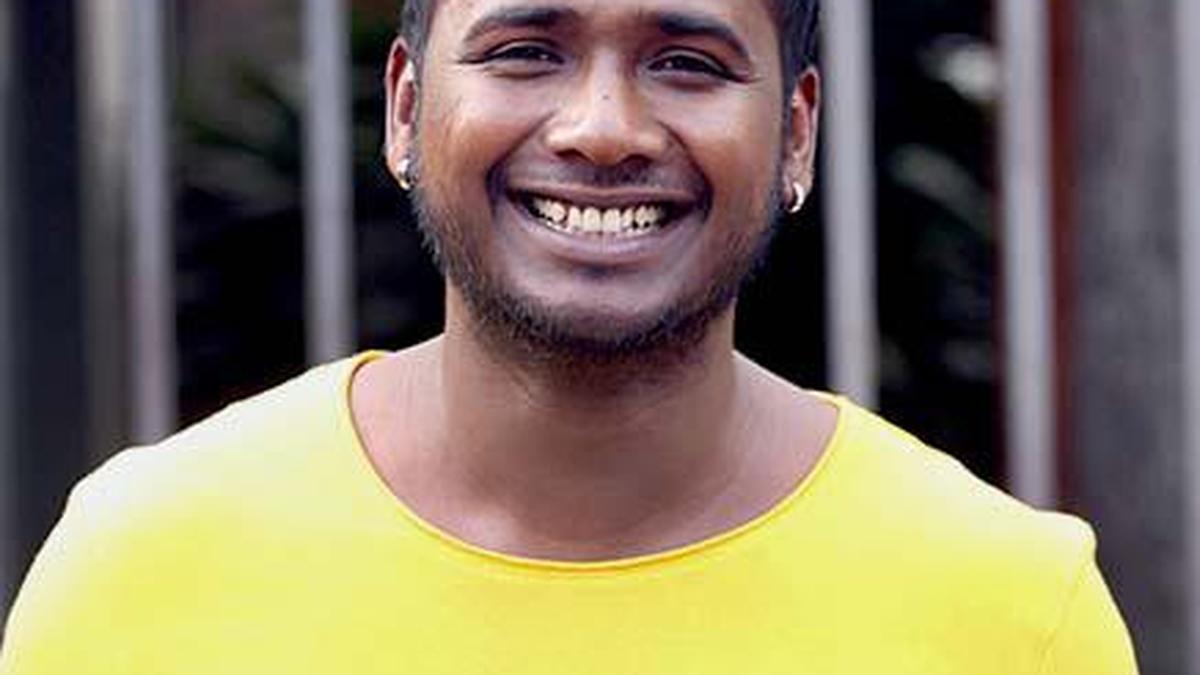Now Reading: India Sees 18 Lakh Annual Stroke Cases, Nationwide Awareness Drive Launched
-
01
India Sees 18 Lakh Annual Stroke Cases, Nationwide Awareness Drive Launched
India Sees 18 Lakh Annual Stroke Cases, Nationwide Awareness Drive Launched
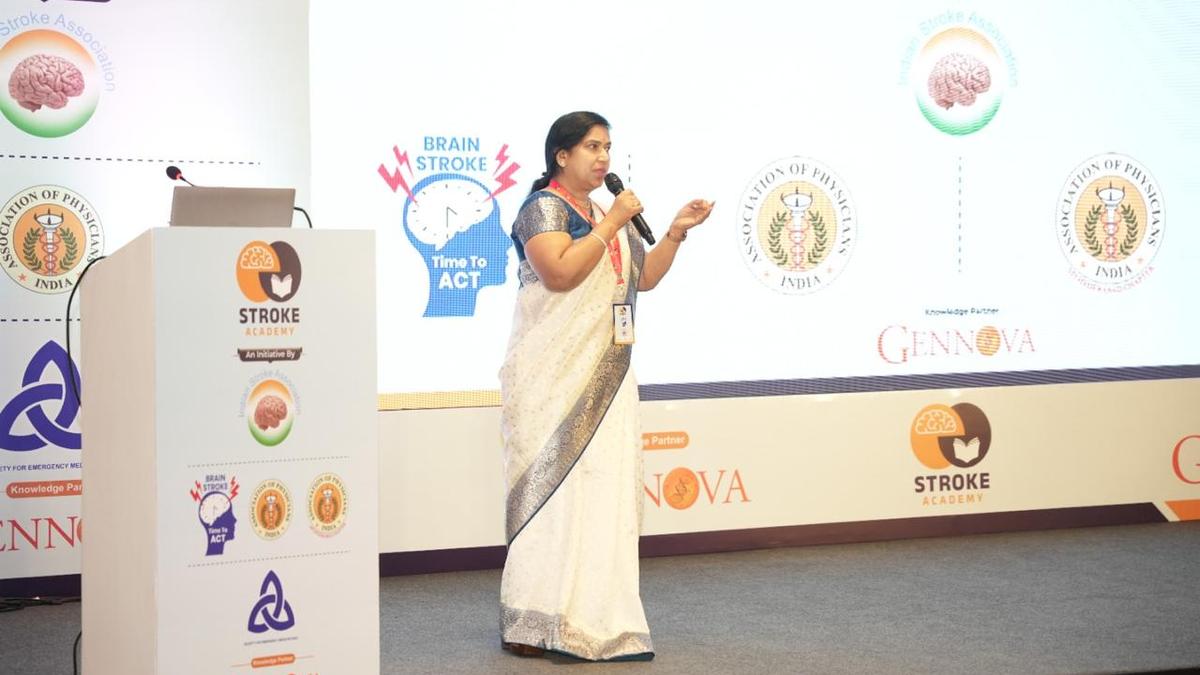
Rapid Summary:
- Brain stroke Statistics: India records a brain stroke every 20 seconds,resulting in over 18 lakh new cases annually,with low public awareness about it’s prevention and timely treatment.
- Expert Insights:
– P. Vijaya,president of the Indian Stroke Association (ISA),emphasized that stroke can affect individuals irrespective of age,gender,or socioeconomic background. Ischemic stroke is the most common type in India.
– only 1% of eligible ischemic stroke patients receive IV thrombolysis within the critical time frame of 4.5 hours after symptom onset. Recognizing symptoms like sudden weakness, difficulty speaking, or loss of vision is vital.
- Types and Risks:
– Subhash Kaul from KIMS Hospital highlighted intracerebral haemorrhage as the deadliest form of stroke caused by brain bleeding and stressed early detection through public education.
- Hypertension Link: Salil Uppal (ISA Treasurer) linked hypertension to strokes; one in four Indian adults has high blood pressure-a major risk factor for haemorrhagic strokes-and urged annual blood pressure checks for adults aged above 18 years.
- Campaign Launch Partnerships: The ‘Brain Stroke – Time to Act’ campaign was launched collaboratively by ISA alongside the Indian Association of Physicians-Hyderabad Chapter and Society for Emergency Medicine India.
Indian Opinion Analysis:
The alarming frequency of brain strokes and their link to preventable factors like hypertension highlights an urgent need for proactive health education among Indians. Despite medical advancements such as IV thrombolysis being available, implementation remains sparse due to lack of awareness or inefficient healthcare access during the “golden window.” Increasing public knowledge on symptoms could significantly improve survival rates and outcomes.
Additionally, widespread screening programs focused on hypertension-a leading trigger-would play a critical role in reducing cases through preventive measures. Collaboration between associations such as ISA emphasizes building unified platforms to enhance outreach efforts. As strokes impact individuals across diverse demographics without discrimination by age or economic status, addressing this health crisis requires national attention towards resource allocation to urban centers while enhancing rural penetration.
For detailed coverage: Read More


